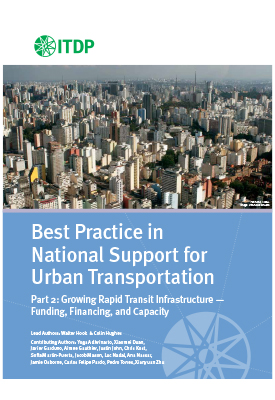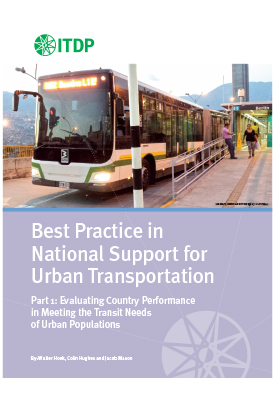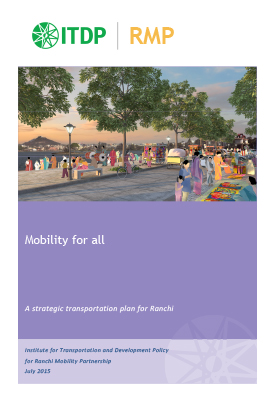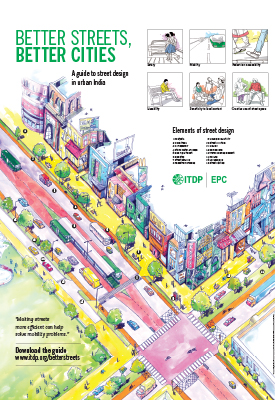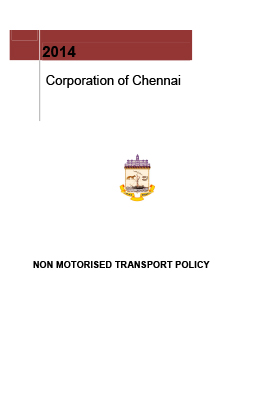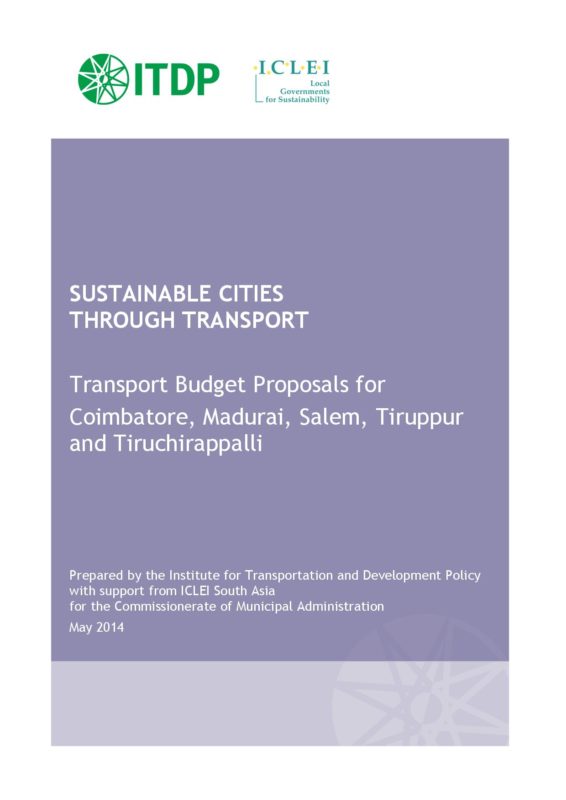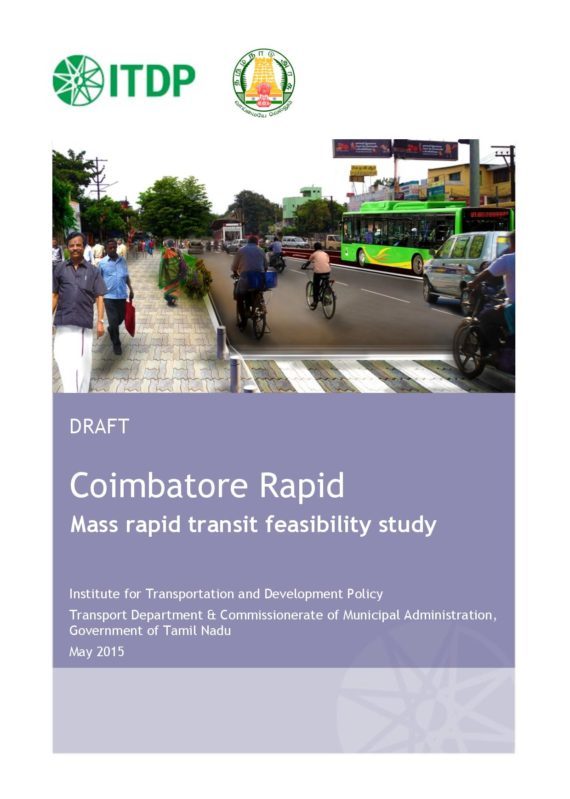Large cities of the world require strong coverage of rapid transit networks to ensure they remain competitive, and that local communities have a healthy environment, vibrant urban economy, and an equitable, high quality of life for all residents. Many cities—especially those with growing populations, incomes, and/or large infrastructure deficits—have not, however, built rapid transit at the scale and rate needed to meet mobility needs. This paper is Part 2 in a series of research papers that explores how countries can grow their rapid transit infrastructure.
Growing Rapid Transit Infrastructure: Funding, Financing, and Capacity, analyzes how the funding practices, financing practices, and institutional capacity impact a country’s ability to deliver rapid transit effectively. While the paper draws on the rapid transit database used in Part 1, it also uses an additional database compiled by ITDP with complete funding and financing details for 123 urban rapid transport projects, as well as data on urban transport capacity. To understand which countries are the most successful at growing their rapid transit relative to their urban populations, the paper focuses on the annual change in a country’s RTR, looking specifically at the period from 2000 to 2014. Countries are then evaluated according to this metric.




